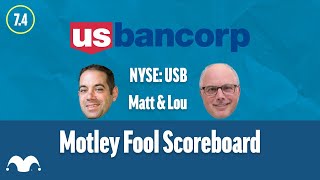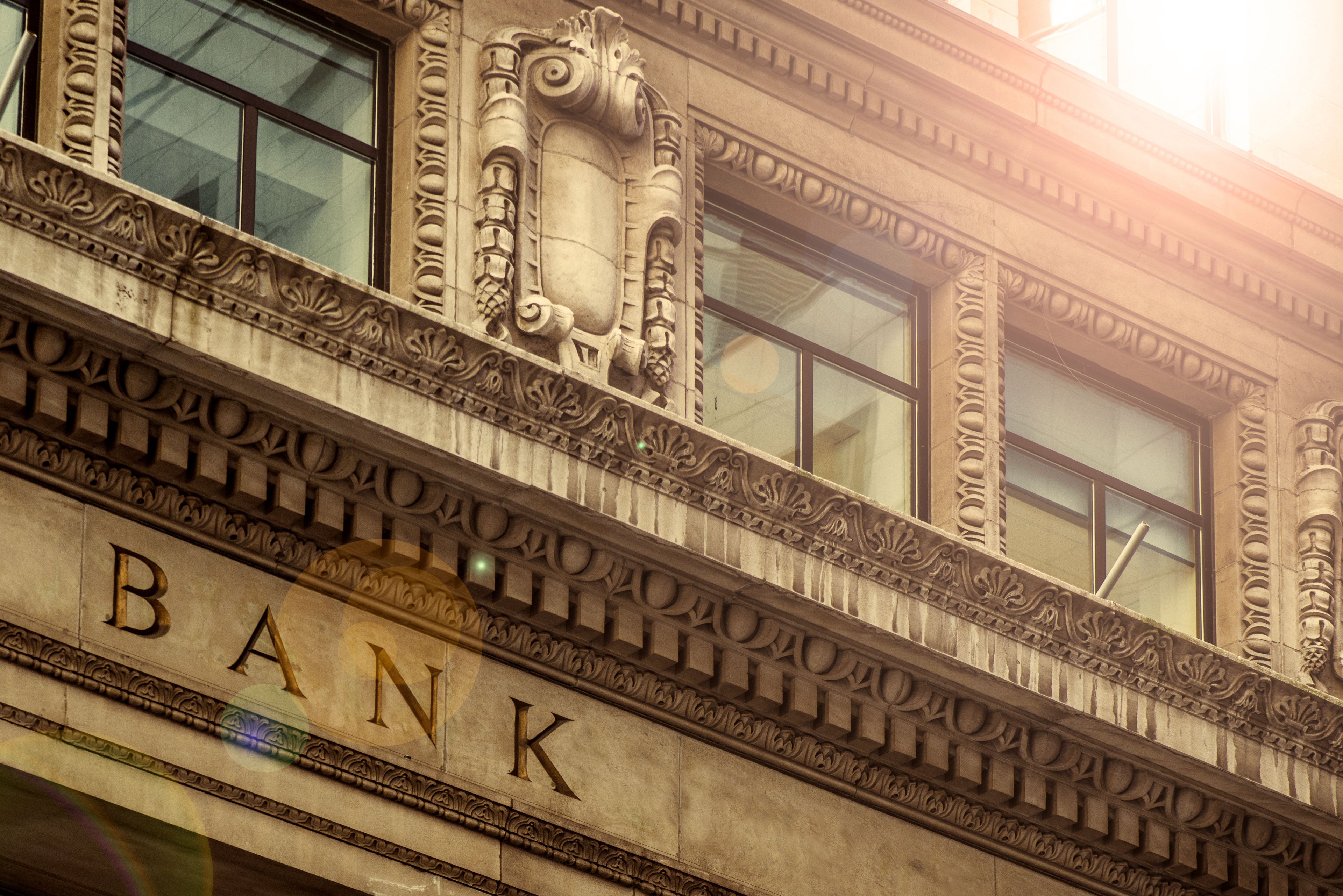With interest rates on the rise, investing in regional banks is cool again. A popular index has returned more than 30% in just the past year, helped by the so-called "Trump bump" in bank stocks.
But as the market is assigning higher valuations to regional banks, as a whole, investors would be better served shopping for quality rather than bargain banks that are cheap for a reason. Below, I'll outline the case for three regional banks in particular -- First Hawaiian (FHB 0.69%), First Republic Bank (FRC +0.00%), and U.S. Bancorp (USB +0.09%).
Grab your sunscreen
First Hawaiian has the enviable position of being part of an oligopoly in the isolated state of Hawaii. The bank has about 37% deposit market share in the state, with Bank of Hawaii controlling another 32%. Only two other banks cross 10% market share.
With only 12 FDIC-insured institutions claiming their share of the state's deposits, Hawaii's local operators can be very efficient in gathering deposits and making loans. The bank has about $17 billion of customer deposits from just 62 banking locations in Hawaii, Gaum, and Saipan, and thus it has an incredible $273 million in deposits per branch. Most banks would be very happy to have $100 million in deposits per branch.
Less competition also helps hold down interest expenses, as about 36% of its deposits are noninterest-bearing. It pays just 0.28% per year on its average deposit, which enables it to earn high net interest margins even on low-yielding, low-risk loans.
At a recent price of about 2.6 times tangible book value, it isn't necessarily cheap, given it doesn't have much room to expand in its core market of Hawaii. But shareholders can also rest assured that its 3.1% dividend yield is more than secure, as the bank's loan-loss experience has been negligible over time.

These three banks have attractive dividends that should grow over time. Image source: Getty Images.
The bank of the wealthy
First Republic Bank generates the bulk of its business in attractive markets that include Silicon Valley, New York, Los Angeles, and Boston, catering to high-net-worth individuals and business owners. If you asked me which bank has one of the most-attractive business models, it would top the list.
Being a banker to the wealthy is a tremendous advantage, as expenses rarely scale with the wealth of the customer. Wealthier borrowers also tend to be better credit risks -- the bank has charged off less than 0.2% of loans over its history. (It helps that its bankers' compensation includes a clawback for poor loan performance, aligning compensation with underwriting quality.)
Shares yield just 0.7% due to its paltry payout ratio of 16%, but the dividend has grown at a compounded rate of 11% per year for the last five years. Besides, it's retaining earnings for a reason: First Republic sees plenty of opportunity to gain a bigger share of its core markets, where it has only scratched the surface.
At 2.5 times tangible book value, First Republic's valuation is reflective of its growth that has shown little sign of a slowdown. Last year, loans grew 18% and deposits jumped 22%, roughly in line with their compounded annual growth of more than 20% over the last 15 years.
A fee-earning machine
As investment capital poured into bank stocks following Trump's election, U.S. Bancorp was largely left behind. That's because it has what many banks don't have: valuable fee-generating businesses that, together, produce about 46% of its net revenue.
Fee-based business models are what make great banks great, as fee revenue typically holds steady even during recessions, when loan losses eat up their fair share of earnings. Fees come from its trust and investment management, mortgage servicing, and its payments business, Elavon, which is among the top merchant-processing businesses in the country.
U.S. Bancorp's quality really showed during the financial crisis, as the bank's net charge-offs peaked at 2.2% of assets despite the fact that roughly a third of its loan book was tied up in credit cards and home equity loans -- two loan categories that pushed many of its peers toward the brink of insolvency.
Over the long haul, U.S. Bancorp's current yield of 2.2% should grow at a high-single-digit rate as the bank maintains its policy of paying out just over 30% of its net income each year. At 2.5 times tangible book value, the valuation reflects its earnings power, prudent underwriting, and the quality of its fee-driven business model.







